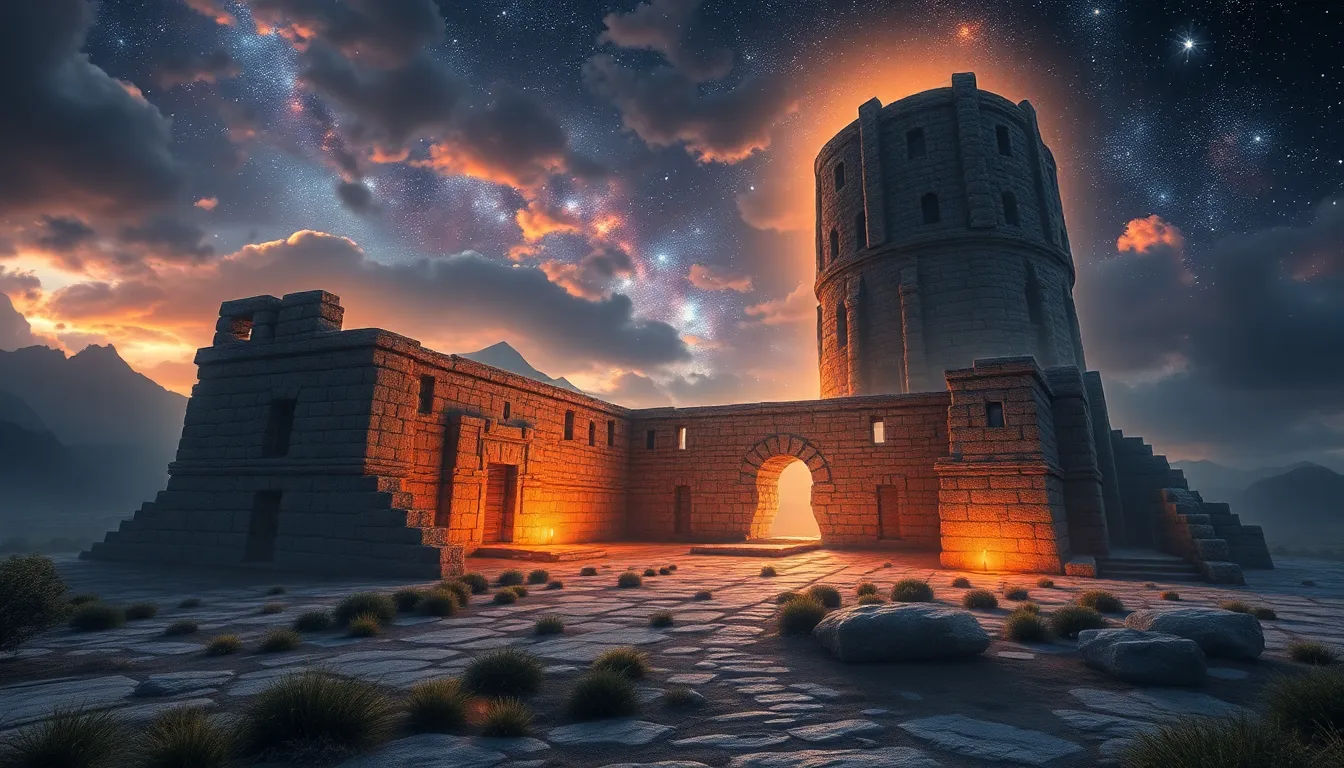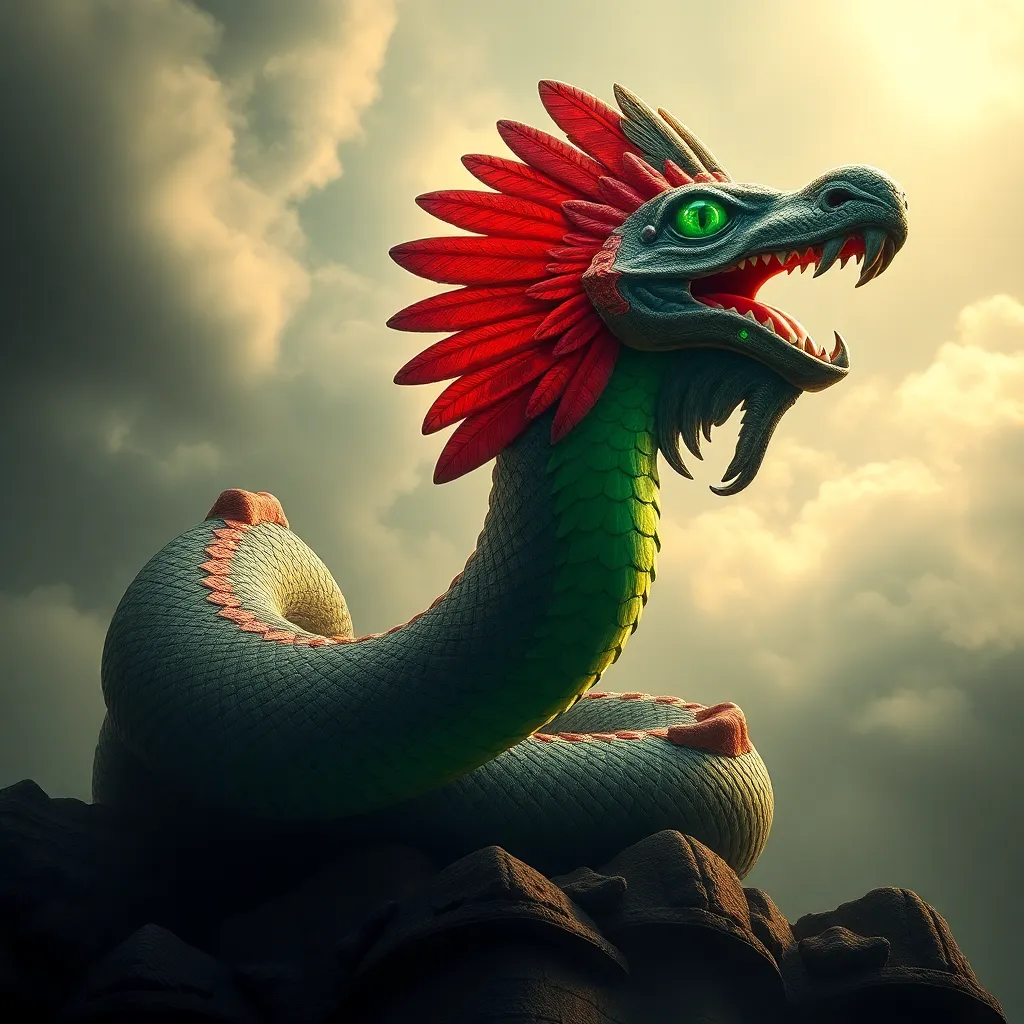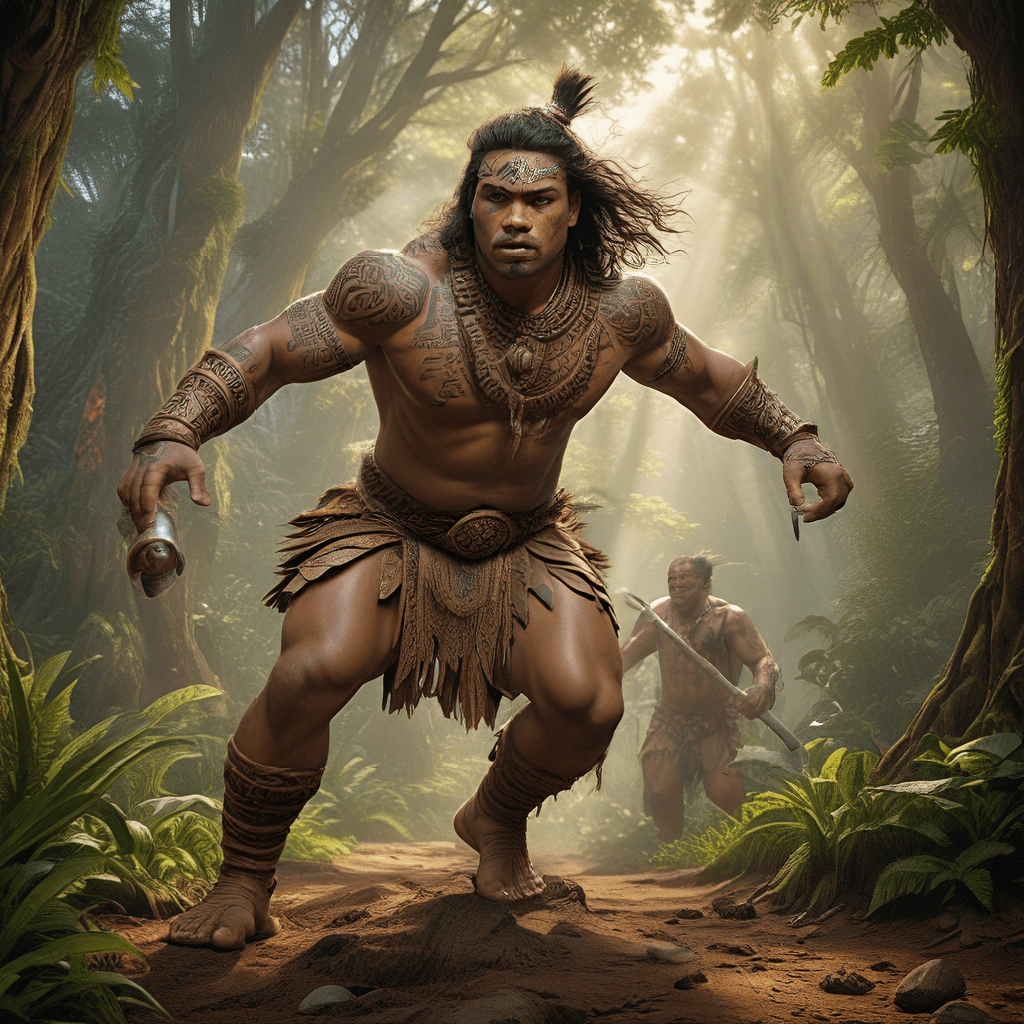The World Tree’s Guardians: The Norns and Their Fateful Weaving
I. Introduction
Norse mythology is rich with intricate tales and profound symbolism, with the World Tree, Yggdrasil, at its heart. This immense tree connects the nine realms, serving as a cosmic axis around which the universe revolves. Among the most pivotal figures in this mythos are the Norns, three mysterious beings who weave the fates of gods and mortals alike. Their role is crucial in understanding the complex interplay between destiny and free will, making them essential guardians of the cosmic order.
II. The Mythological Context of the World Tree
Yggdrasil is not just a tree; it is a living entity that embodies the universe itself. Its branches extend into the heavens, while its roots delve deep into the underworld. The significance of Yggdrasil in Norse cosmology cannot be overstated:
- Connection of Realms: Yggdrasil connects the nine realms of Norse mythology, including Asgard (home of the gods), Midgard (the world of humans), and Helheim (the realm of the dead).
- Home to Beings: Various beings inhabit Yggdrasil, including the wise dragon Nidhogg that gnaws at its roots, and the squirrel Ratatoskr that scurries up and down the tree, carrying messages between the realms.
- Source of Life: The tree is a source of life and sustenance for all beings, symbolizing the interconnectedness of all existence.
III. Who Are the Norns?
The Norns are enigmatic figures in Norse mythology, often described as the weavers of fate. Their name is derived from the Old Norse word “norna,” meaning “to twist” or “to spin.” The Norns are typically depicted as three sisters:
- Urd: Representing the past, she is often associated with the events that have already transpired and how they influence the present.
- Verdandi: Symbolizing the present, she embodies the ongoing unfolding of events and actions in the here and now.
- Skuld: Representing the future, she is linked to the potential outcomes and destinies that lie ahead.
Together, these three Norns weave the tapestry of fate, influencing both gods and humans in their journeys through life.
IV. The Norns’ Weaving of Fate
In Norse mythology, fate is a powerful and inescapable force. The Norns’ weaving process is a metaphor for how destinies are crafted. They use a loom and threads to symbolize this intricate work:
- Weaving Process: The Norns create the destinies of individuals by spinning and intertwining threads, each representing a life or event.
- Influence on Deities: Even the gods are not exempt from the Norns’ influence; their fates are woven just like those of mortals.
- Symbolism of the Loom: The loom itself is a powerful symbol of creation and destruction, highlighting the dual nature of fate.
V. The Interplay Between Free Will and Fate
The relationship between the Norns’ weaving and the concept of free will is a central theme in Norse mythology. While the Norns weave the fates, individuals still possess the power to make choices:
- Balance of Forces: The Norns’ actions illustrate a delicate balance between predetermined fate and the ability to choose one’s path.
- Norse Texts: Many sagas and poems explore this theme, suggesting that while fate is woven, personal agency plays a vital role in shaping one’s life.
- Modern Interpretations: Today, the struggle between fate and choice continues to resonate, inviting reflections on how much control we truly have over our destinies.
VI. The Norns in Popular Culture
The Norns have transcended their mythological origins, appearing in various forms of popular culture, including:
- Literature: Authors such as J.R.R. Tolkien and Neil Gaiman have drawn inspiration from Norse mythology, incorporating themes of the Norns into their narratives.
- Film: Movies like “Thor” and “The Avengers” depict elements of Norse mythology, alluding to the Norns’ influence on fate.
- Video Games: Games such as “God of War” feature characters and narratives inspired by Norse mythology, often reflecting the Norns’ themes of destiny and choice.
Their enduring legacy continues to shape contemporary storytelling, showcasing the timeless nature of their themes.
VII. The Norns and Environmental Stewardship
The World Tree Yggdrasil also symbolizes ecological balance, and the Norns, as its guardians, represent the importance of environmental stewardship:
- Connection to Nature: The health of Yggdrasil reflects the health of the universe, reminding us of our interconnectedness with nature.
- Protectors of Earth: The Norns serve as archetypes for those who advocate for the protection of the environment and the sustainability of life on Earth.
- Lessons in Guardianship: Their story imparts valuable lessons about the responsibility we hold in caring for our planet.
VIII. Conclusion
The Norns are vital figures in Norse mythology, embodying the intricate dance of fate and free will. Their weaving of destinies serves as a reminder of the interconnectedness of all beings and the impact of our choices. In today’s world, where the challenges of fate and agency are ever-present, the Norns’ lessons resonate deeply. They remind us of our role as guardians—not only of our fates but also of the world we inhabit. Ultimately, the Norns’ story urges us to reflect on our actions and their consequences, inspiring a more profound understanding of guardianship in the tapestry of life.



